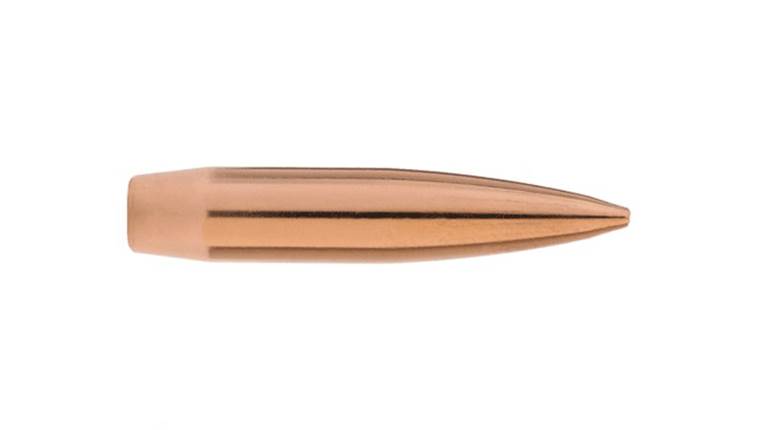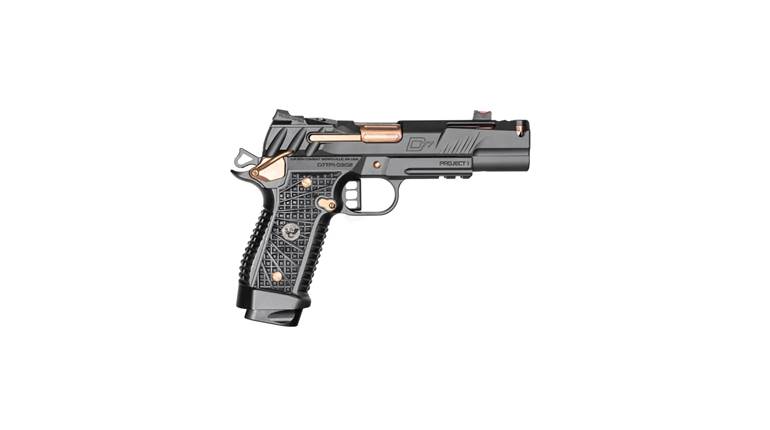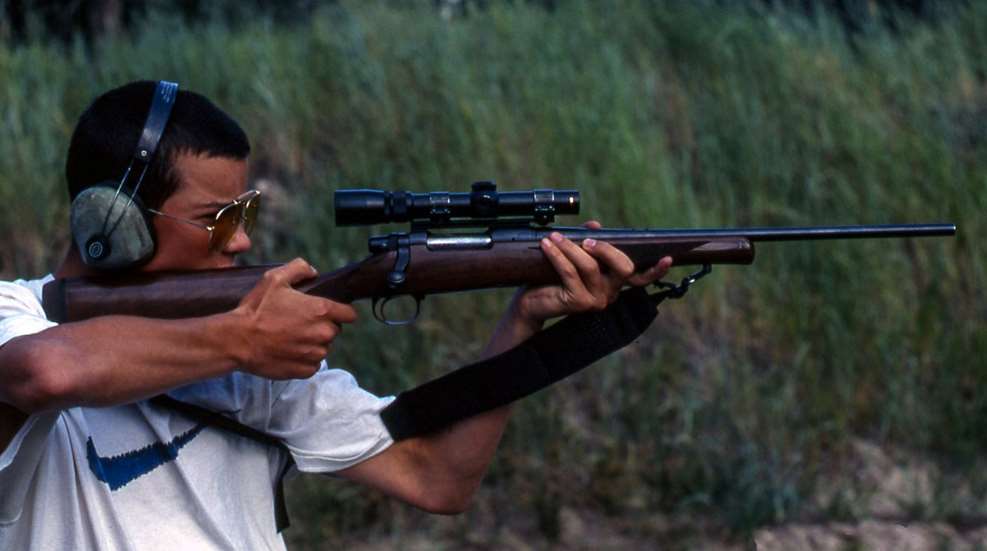
I got my hands on a Remington Model Seven a few years after the little rifle was introduced in 1983. However, the rifle remained in my hands for only a short time when one, two and finally a third son hunted with the Model Seven. I had a feeling that would happen, so when I bought the rifle, I made sure it was chambered in 7 mm-08 Rem.
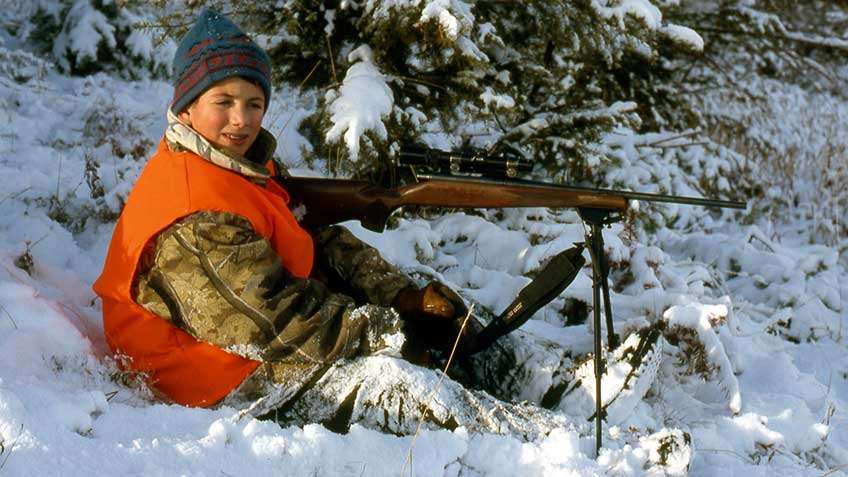
The 7 mm-08 and the lightweight Model Seven have been a perfect pair for the boys over the decades. The 7 mm-08 light recoil enabled my sons to extensively practice with the rifle during the summer months that translated into successful one-shot hunts for black bear, whitetail, mule deer, elk and antelope.
The Model Seven is a combination of the Remington Model 700 and discontinued Model 600. The Model Seven’s receiver is based on the Model 700, but is 0.5" shorter than the Model 700 short-action.
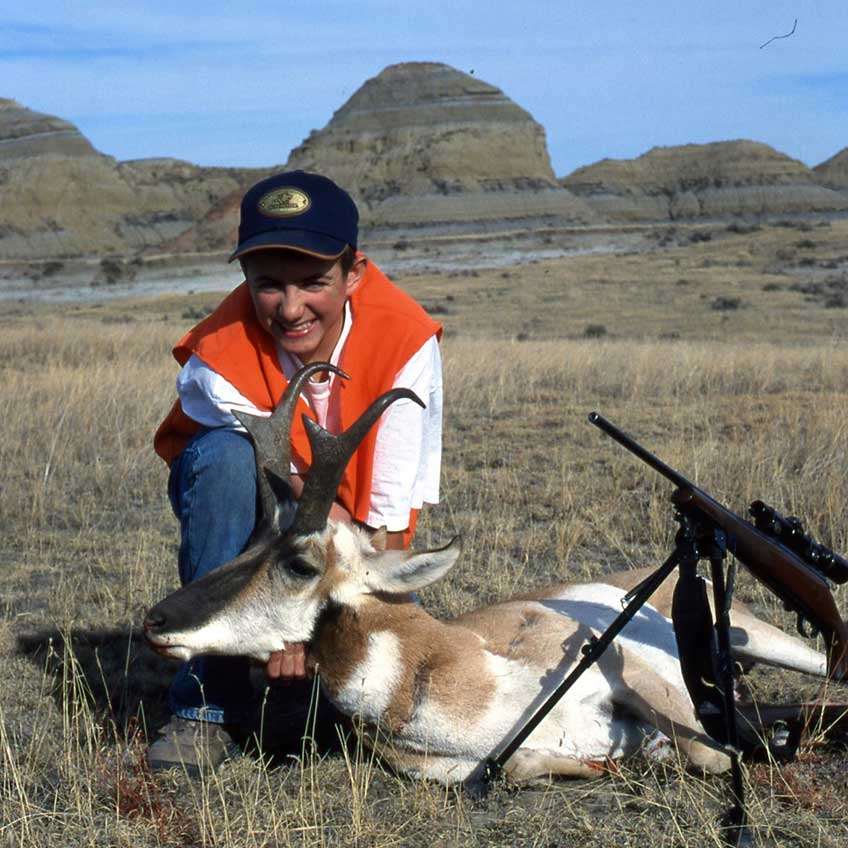
The boys’ original Model Seven wears a walnut stock and slender 18.5” barrel. The rifle weighs 6-lbs. 14-oz. mounted with a Nikon Monarch 4x44 mm scope.
When my oldest son, Paul, was 13 years old, he never missed a step carrying the rifle five miles into the mountains one spring day hunting black bears. At a corner in the trail, he spotted a bear grazing on green grass. One bullet ended the hunt.
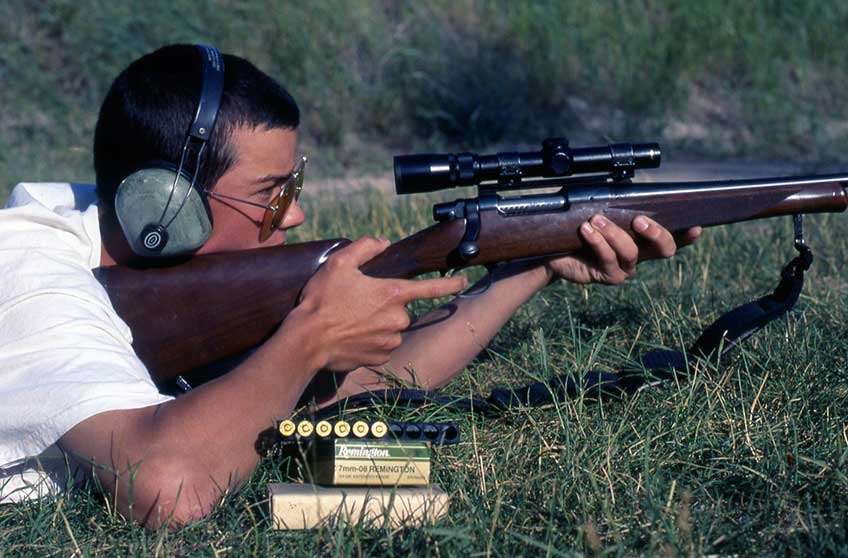
When I started preparing the Model Seven for fall deer and elk season, I handloaded 7 mm-08 cartridges with a variety of bullet styles and weights. Speed was lacking, using relatively heavy 160- and 175-gr. bullets from the short barrel. Velocity of 120-gr. bullets was a touch faster than 2,900-f.p.s., but their weight was a bit light for the elk we'd be hunting.
Various 140-gr. bullets provide the best balance of velocity and weight with a muzzle velocity of 2,700 to 2,780-f.p.s. Propellant such as H4895, IMR 4350 and Varget worked well in the 7 mm-08. However, W760 produced the highest velocity and best accuracy in the Model Seven and several other 7 mm-08 rifles over the years.
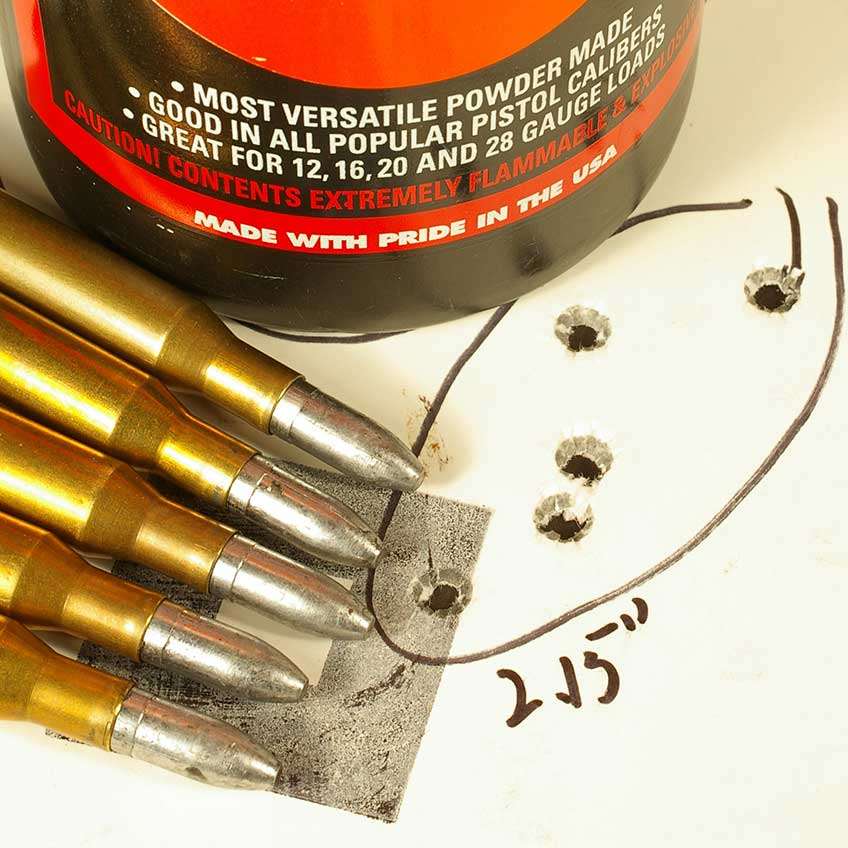
That fall, Paul sat ready on the edge of a park. After a time, a cow elk appeared at the edge of the tree at the far side of the park. The distance was maybe 150-yds., and Paul fired a Nosler 140-gr. Partition bullet. The elk staggered.
He yanked the bolt back, and the evening sun glinted off the fired case ejecting out of the rifle. Paul fired again as the elk fell, and that was that. Dressing the elk we found the bullets had punched through the lungs and out the far side.
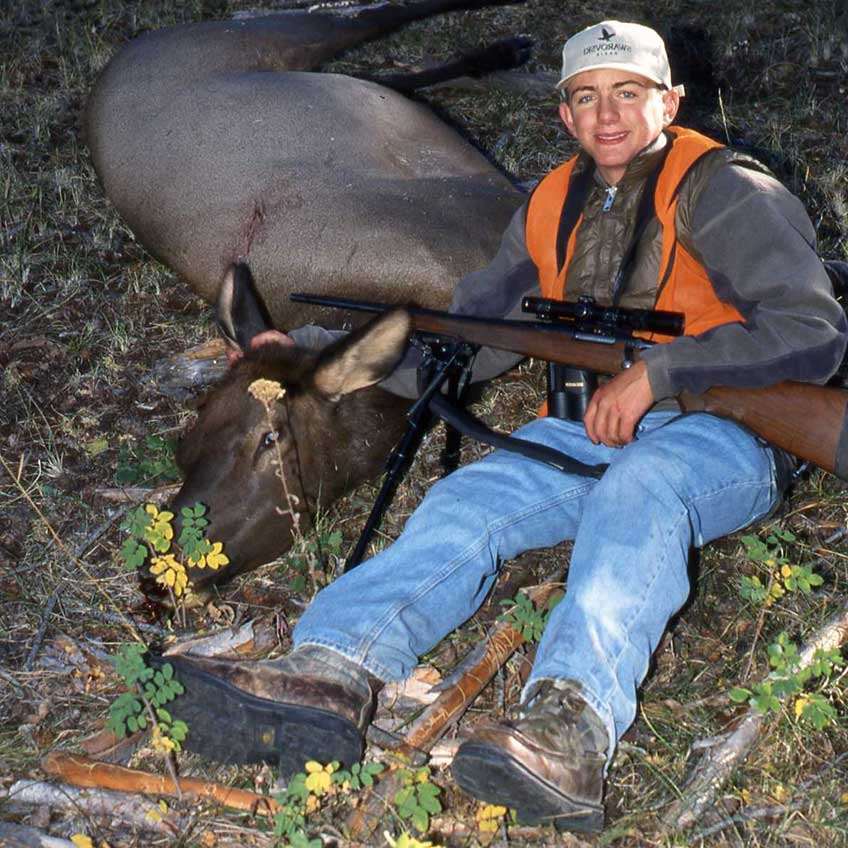
Mule deer were running in the rut a couple weeks later. Paul tiptoed one direction through the woods, while deer sneaked the other. He finally waited next to a tree as a sprinkle of snow silently sifted down through the forest.
Presently, a nice 4x4 mule deer buck came along. Paul brought his little rifle to bear in a second and shot the buck at 60-yds. That quick snap-shot was made possible by the Model Seven’s thin barrel that placed its balance toward the rear.
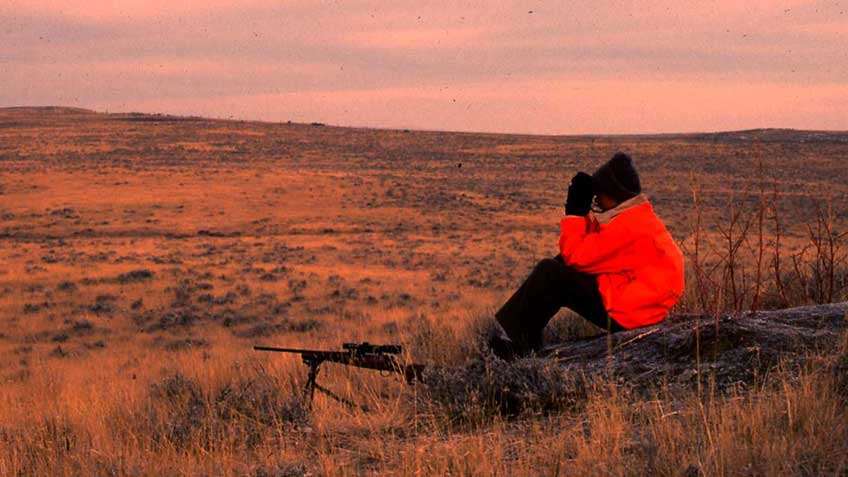
Paul was excited, and his shakes took a few minutes to subside before he could hold a leg while I showed him how to field-dress the deer. We tied the back half of the buck to his bicycle and the front half to mine. Paul started up the trail on his bike with his faithful rifle in a scabbard tied to the top tube of his bike.
The middle son, Brian, was next to shoot and hunt with the rifle. The youngest son, Thomas, was a few years too young to hunt, but he still wanted to shoot. Handloads assembled with jacketed bullets and reduced amounts of H4895 propellant were just the ticket for practice.
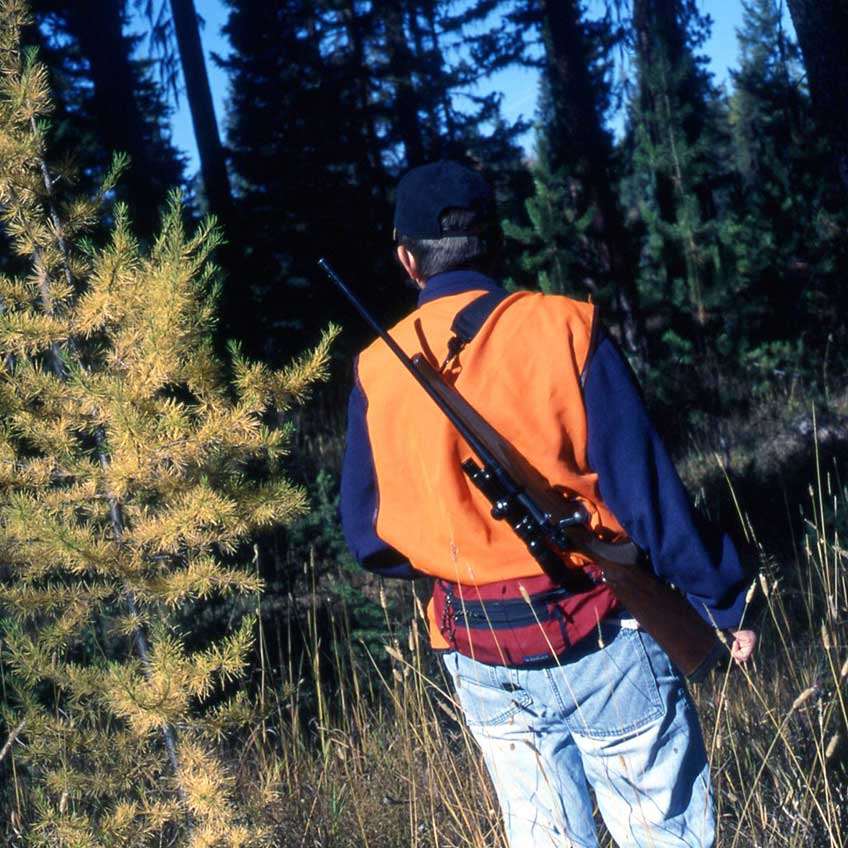
But the large number of cartridges the boys were shooting made handloading cast bullets an economic necessity. The Model Seven shot groups not much over 1” at 100-yds. with bullets cast from an RCBS 7 MM-145-SIL mold and loaded with 12-grs. of Unique. Velocity of the bullets was only about 1,500 f.p.s.
The whole point of practice, though, was for the boys to become familiar with the rifle and quickly place the scope’s crosshairs on a target, hold their aim and fire. The load’s recoil was barely a nudge, and sometimes they fired a hundred shots during a summer evening.
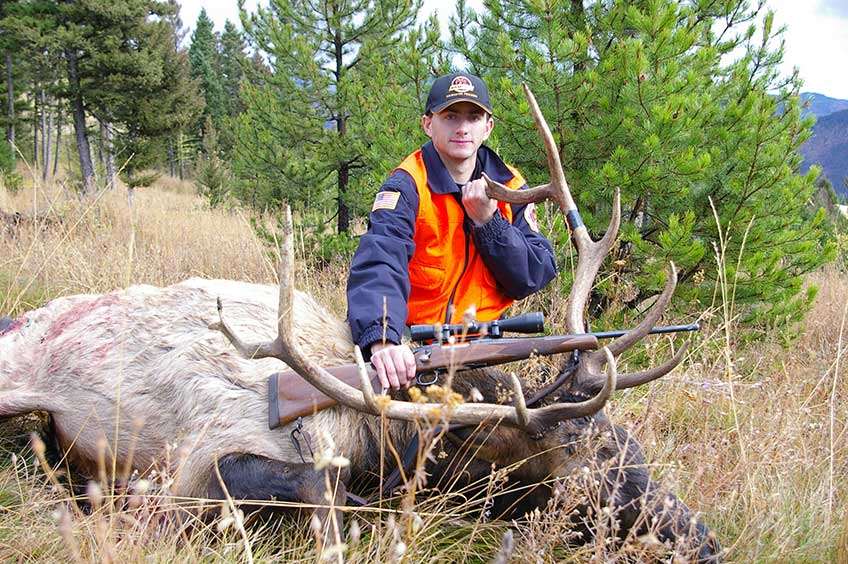
When I started using a borescope a few years ago, I looked into the Model Seven’s bore with trepidation as to what I’d see after the rifle had been shot so much over the years.
To my pleasant surprise, there was no erosion in the throat, only a slight wearing down of the lands. The bore looked polished from end to end. No doubt, that was from the untold number of cast bullets the faithful rifle had fired over the years.
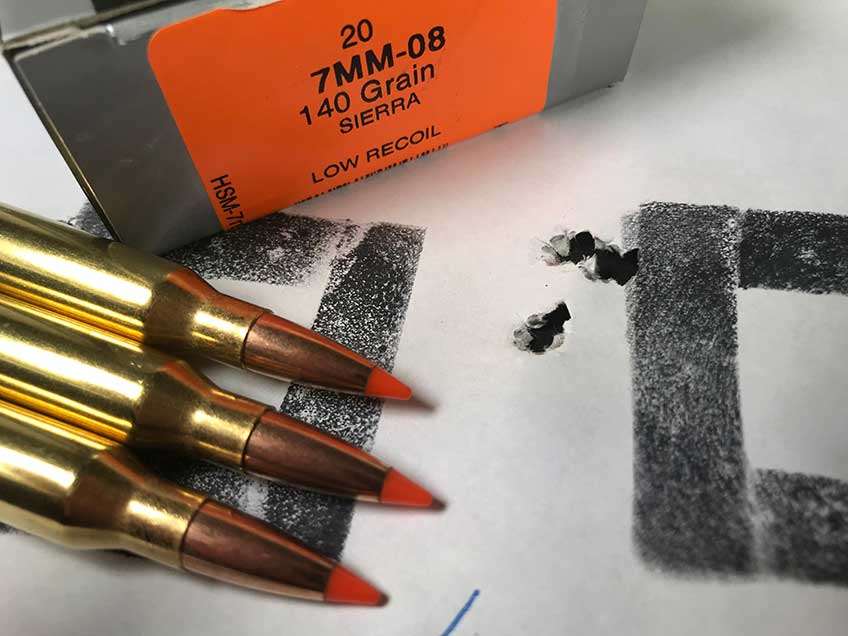
Brian applied his lessons on his first hunt. He made a perfect stalk on an antelope buck. But when he knelt behind his rifle supported on a bipod, he found himself in a cactus patch. Maybe it was the pain that hurried him, but he quickly shot and killed the buck. He would not pull out the spines until he reached his buck, so he limped along with his pant leg stapled to his knee.
On his first elk hunt, Brian stopped hiking up the mountains at the bellow of an elk’s bugle from the timber above. He started climbing again, skirting an open park of cured grass bowed with heavy frost sparkling in the morning sunlight.
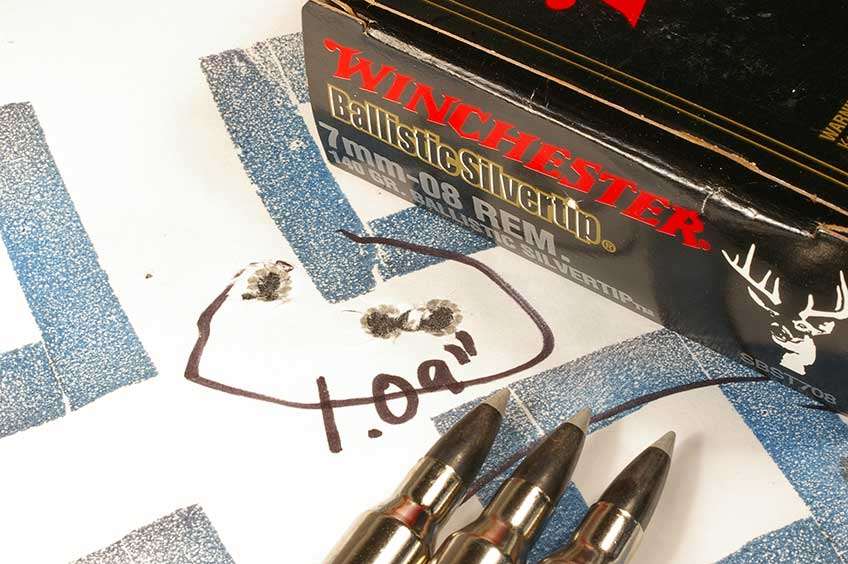
At a slight rise, he spotted 20 or so elk meandering uphill through the trees. With seconds to shoot, he sat, braced the rifle on his upraised knees and fired. His bullet hit a cow, and it fell over backward.
He was shy walking up to the elk and a tear welled on his eye. I told him if he ever lost that sentiment, he should quit hunting.
After hunting with the Model Seven several more seasons, Brian handed it down to his younger brother Thomas. Thomas enjoyed great success with the rifle and the 7 mm-08 cartridge.
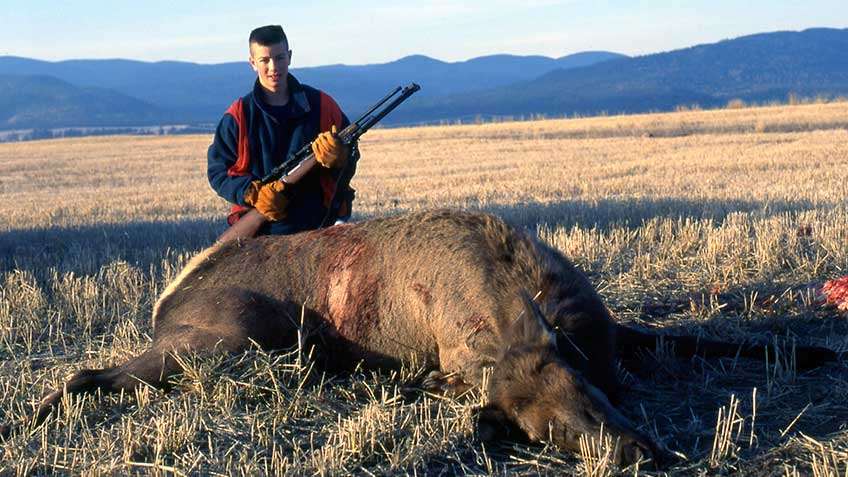
In fact, he had become somewhat of a cartridge snob. He’d hold a 7 mm-08 cartridge next to a .308 Win. or 6.5 Creedmoor cartridge and snort in disapproval at the latter.
As Thomas learned to hunt, I had him walk ever-larger pieces of ground by himself. We’d agree to meet at a distinct ridge or point of land after a set amount of time. I’d shadow him at first. Later when he had his bearing, I let him go on his own.
One October afternoon, Thomas and I were walking down from a mountain after a rainy morning hunting elk. I suggested he hunt along the edge of a park and through a timbered hillside to a sagebrush flat below. He been gone maybe 10 minutes when he fired a single shot.
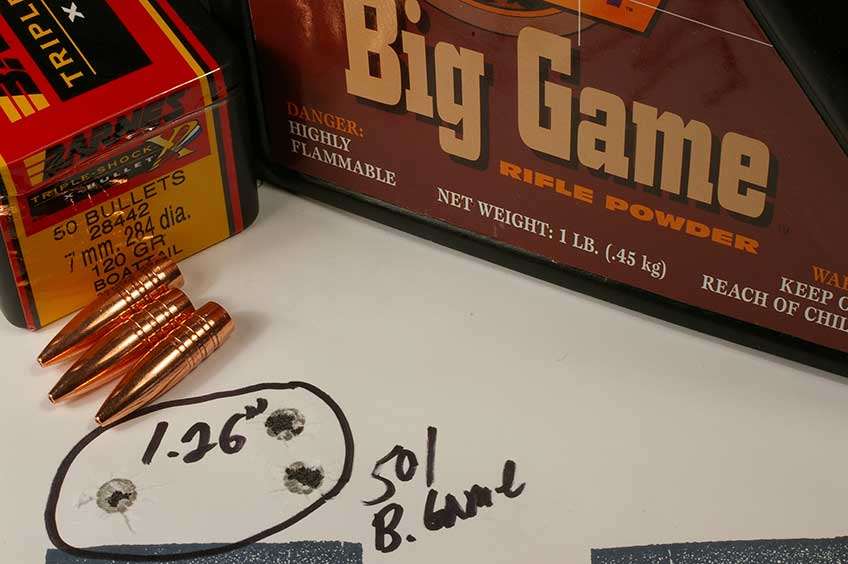
I found him standing at the edge of the park and he said he had shot at a cow-elk. He pointed to exactly where he had fired and where the elk had stood at the edge of the trees below and where it ran.
The elk’s tracks were lost in a confusion of other tracks and rain had washed away any hope of finding blood. I started crawling through a tunnel in the trees in the direction the elk had run. Red raindrops dripped from the needles of a fir tree, and the cow lay dead 30-yds. downhill.
Thomas hunted with the Model Seven well into his 20s. When he moved to the wilds of Alaska, though, he left the little rifle home in favor of a Winchester Model 70 chambered in .300 Winchester Short Magnum.
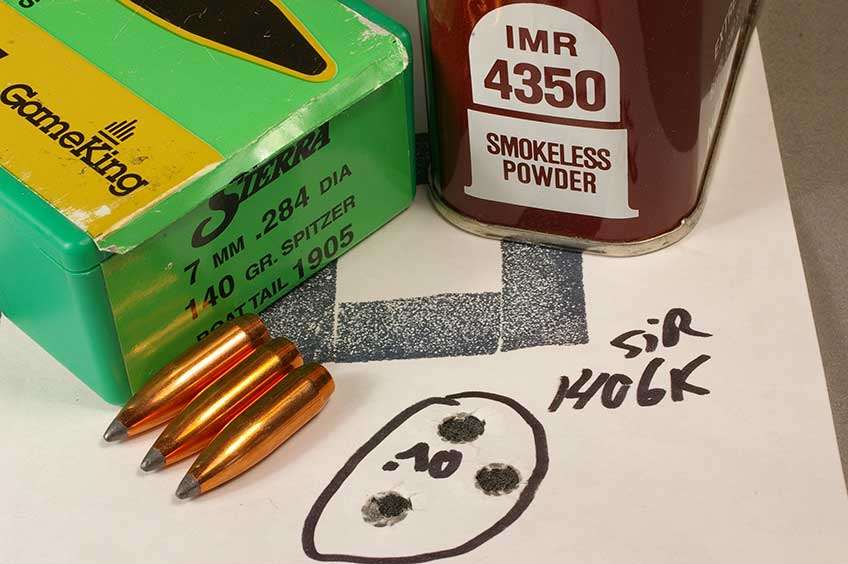
The faithful rifle stands secluded in the gun cabinet these days, but one look at it kindles memories of the boys’ years growing up and hunting. I shot the rifle last week for those days gone by.
Several three-shot groups fired at 100-yds. with hunting and practice loads averaged 0.97”, which is pretty good for a well-used rifle wearing a straight 4x scope. The faithful rifle stands back in the cabinet, cleaned and waiting. Waiting for what?
My grandson was over the other day. Junior peeked into the cabinet, and his eyes widened in anticipation.















